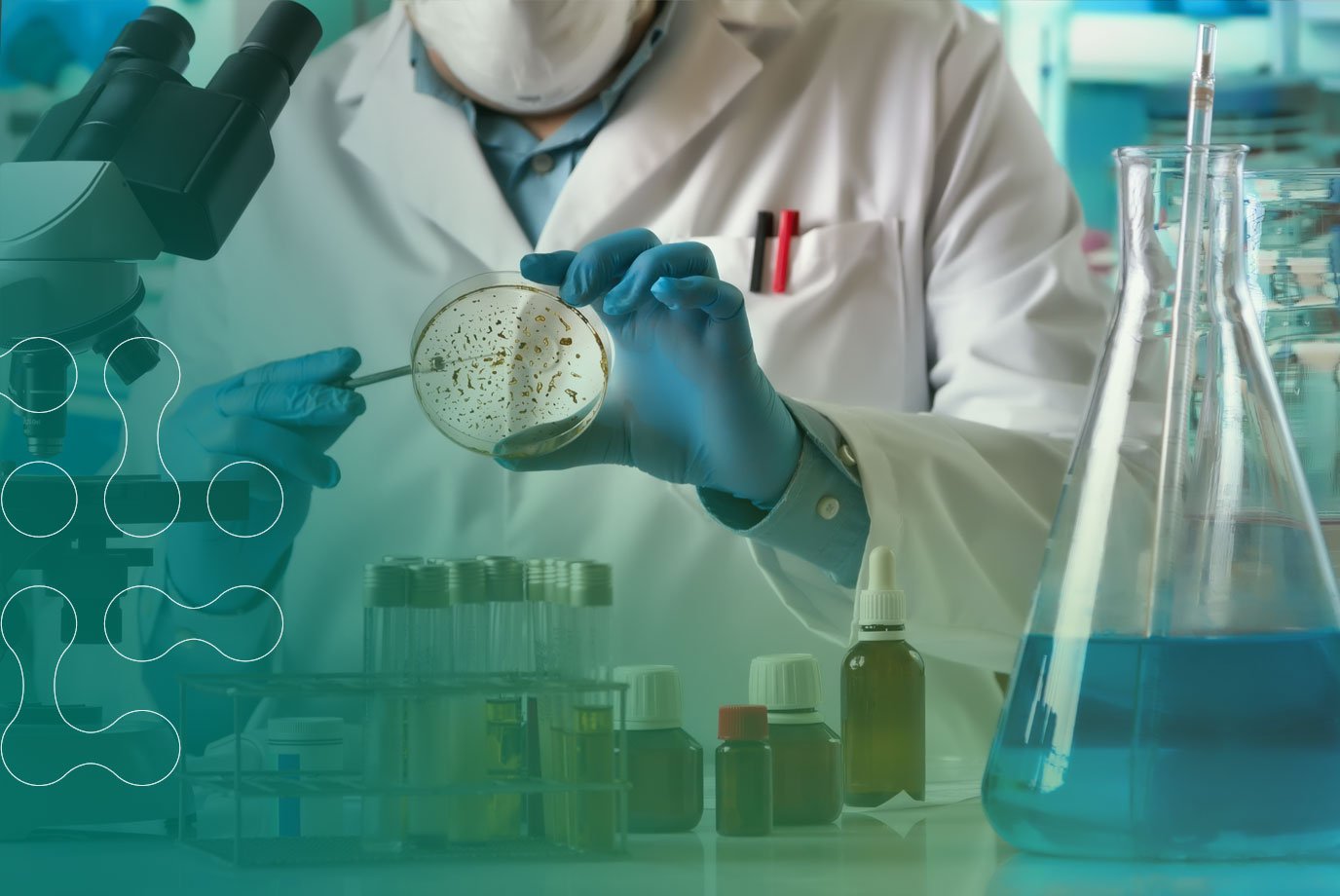The Green House Gas Protocol, also known as the GHG Protocol, is a set of standards, guidance and tools that help businesses manage their carbon emissions.
Environmental action, sustainable change, and stopping climate change are monumental challenges that transcend industries and country borders.
So, to tackle and effectively commit to protecting the planet, we need to go past country/industry self-governance; we need international standards and unity to create effective change.
That commitment to creating an international standardisation for accounting and reporting on Green House Gases is exactly what GHG (Green House Gas) Protocol has done.
GHG Protocol Setting the Standards
The GHG Protocol has a clear mission:
“To develop internationally accepted greenhouse gas accounting and reporting standards and tools, to promote their adoption to achieve a low emission economy worldwide”.
Although their missions and values are clear, with their goals affecting extremely diverse global stakeholders, they have created a few different frameworks, for Governments, businesses, and others to measure and report GHG emissions that will help achieve collective and individual goals. These standards are:
- Corporate Standard
- GHG Protocol for Cities
- Mitigation Goal Standard
- Corporate Value Chain (Scope 3) Standard
- Policy and Action Standard
- Product Standard
- Project Protocol
Why does GHG Protocol lead Scope Reporting?
To create practices and policies that will shape the future of our planet through uniting all industries, businesses, and government; you need various experts and a plethora of insights and input. That’s why the GHG Protocol is a multi-stakeholder partnership, containing NGOs, governments, and businesses.
Yet, this organisation was assembled by two organisations, with shared values of protecting nature, and creating sustainable and better futures; they are the World Resources Institute (WRI) and the World Business Council for Sustainable Development.(WBCSD)
Through their already established organisations, leading the way through research, action, and transformation, in 1998 the two separate organisations recognised there was a gap in international standards for GHG accounting and reporting for businesses. Combining their shared knowledge on sustainability, and climate change, they compiled key members from environmental groups (WWF, The Energy Research Institute) and corporations across industries helped create the multi-stakeholder standards. Thus in 2001 the first edition of the Corporate Standard (which has now been updated).
Since then, GHG Protocols have continued to evolve and insight unity on a wider scale. 2015 the United Nations Climate Change Conference (UNCC) brought together many of the world’s nations to create an overarching goal to strengthen the global response to climate change, by keeping the global temperature rise below 2 degrees this century.
This legally binding action, known as The Paris Agreement, required all parties to regularly report on their emissions, create procedures and guidelines that are measurable across the different nations. This meant that GHG Protocol could commit to furthering their commitment to creating shared standards, tools and training that will unite the global community on its plan to reduce GHG emissions.
GHG Protocols now
Since starting as two businesses with aligned goals, to now a global regulator on GHG – this 20+ year partnership is continuing to work horizontally and vertically across all stakeholders so we can all commit to effective carbon reduction and protecting our environment.
They provide the tools for the vast majority of corporate GHG reporting. Their programmes are on a global scale, with countries like Australia, Brazil, India, Japan, Malaysia, Mexico, North America, the Philippines and the UK using their standards. In fact, the CDP (Once known as the Carbon Disclosure Project) a global non-profit organisation that incites mandatory carbon reporting from businesses, states that 85% of businesses that report to them, use GHG Protocols Corporate Standard.
And their impact across state and business will continue to grow in a world where sustainability goal setting is becoming a standard practice.
Since GHG Protocols’ success and application of their corporate standard, many businesses are now habitually looking at their own operations and seeing how they can reduce their own negative environmental impact. This inward analysis of these operations, known as Scope 1 is great for businesses to set their goals and address their problems.
But consumers are looking at the wider picture. It’s no longer just about a business and their efforts, its about businesses also looking outwards, to see if their value chain (referring to the variety of activities, products and production of a business’s life cycle e.g. where is it disposed after use, where are the components from etc) is supporting that companies efforts. Now through looking at the full life cycle of a business’s product/service means businesses can now evaluate indirect emissions and determine opportunities to reduce them, AKA Scope 2 and 3.
With society and businesses continuing to grow and adopt GHG Protocols Standards, we can all continue to work on protecting the planet, together with clear plans, visions, and accurate insights.




